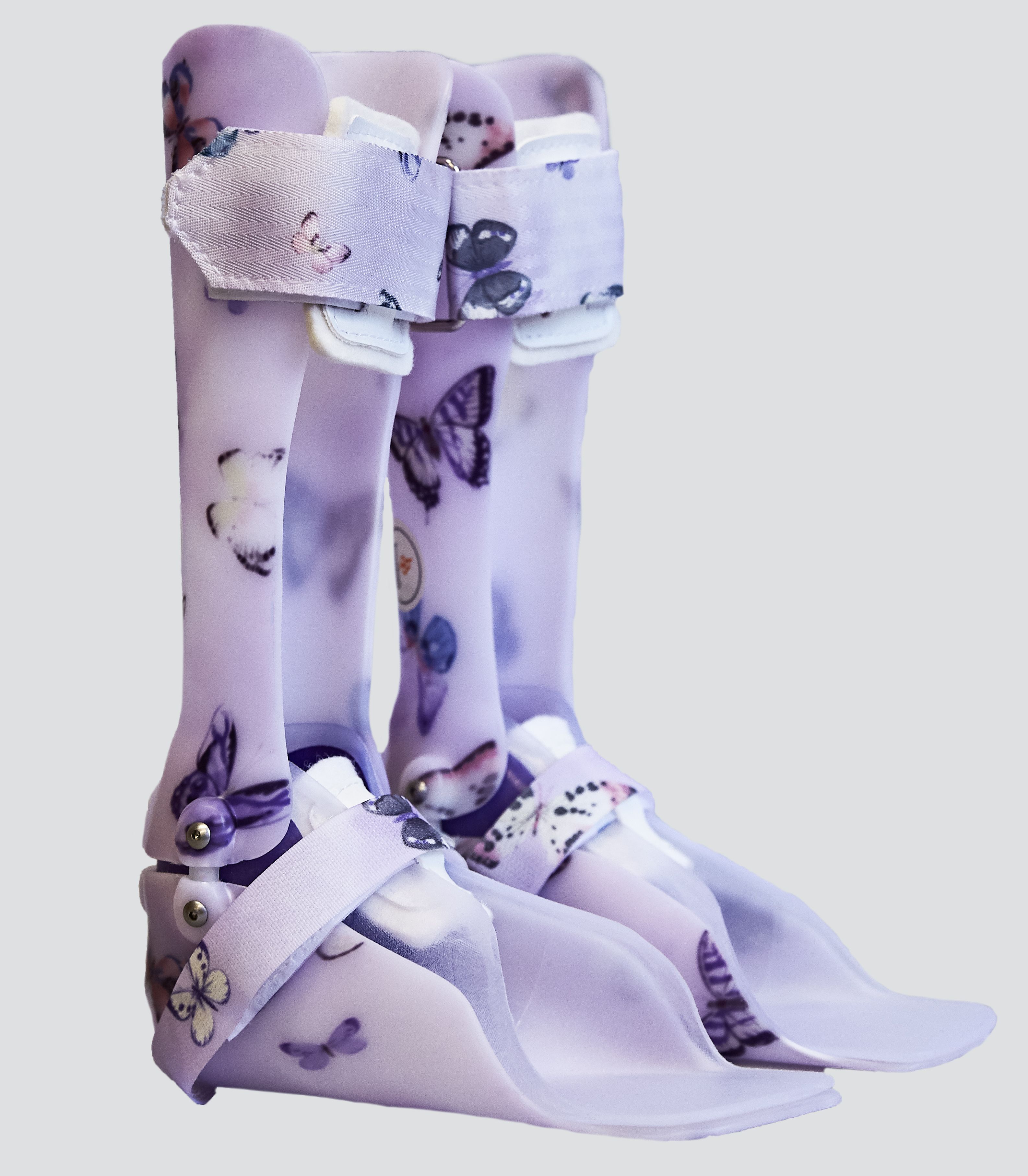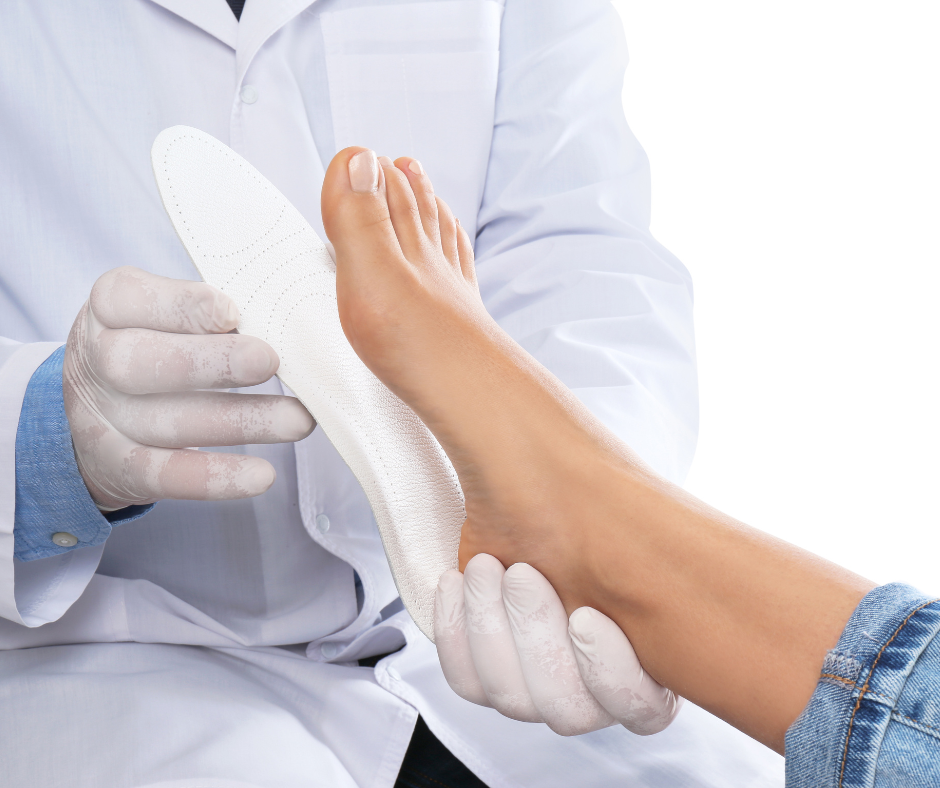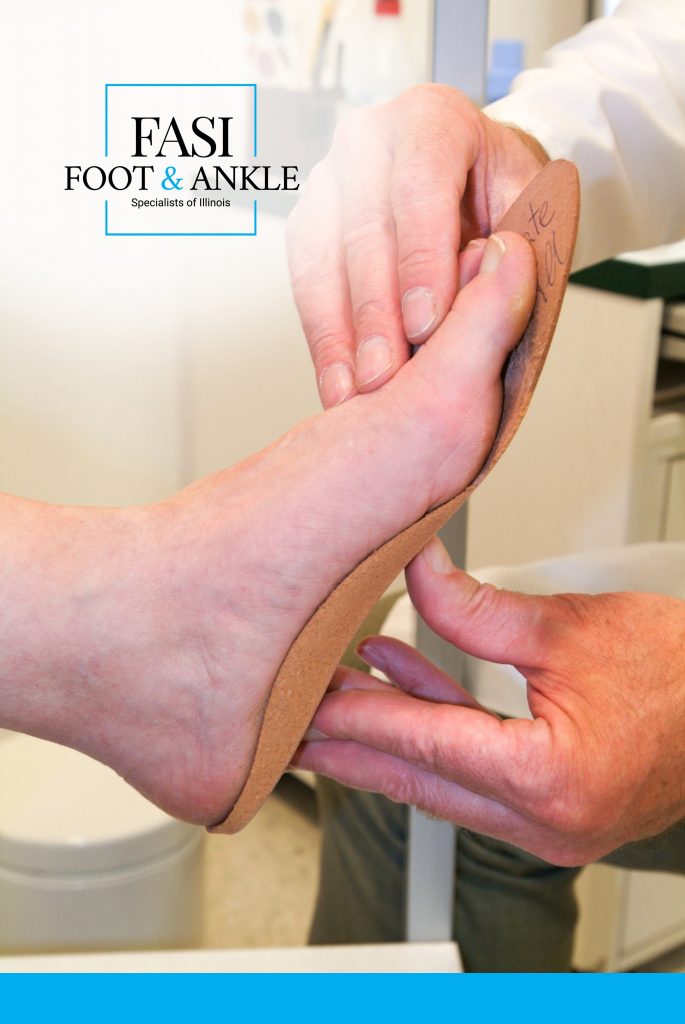Ski Boot Fit Tips for Comfort Louisville CO
Ski Boot Fit Tips for Comfort Louisville CO
Blog Article
Ski Boots: Analyzing Fit Specifications Niwot CO
Choosing the right ski boot can considerably have an effect on your snowboarding expertise, impacting both comfort and performance. Understanding the essential elements concerned in making this selection is significant for skiers of all levels, from beginners to seasoned experts. The proper ski boot enhances management over your skis, allowing for better maneuverability on various terrains.
One of the first concerns in deciding on a ski boot is the fit. Ski boots ought to fit snugly, but not uncomfortably tight. It’s important to strive on varied fashions and types, as each has its own distinctive shape and sizing. A good fit will decrease movement within the boot, lowering the prospect of blisters and making certain that your energy is transmitted effectively to your skis.
Ski Boot Fit Tips for Comfort Lyons CO
Keep in mind that the majority ski boots come in different widths. The length of the boot is solely one component of fit; the width will create a more customized expertise. Boots are sometimes categorized as narrow, medium, or wide, catering to completely different foot shapes. Your foot shape will largely dictate which width is finest suited to you, impacting how comfy you feel throughout your snowboarding periods.
Next, the flex index have to be taken under consideration while choosing the proper ski boot. Flex refers to how stiff or delicate a boot is, with stiffer boots offering more control and response. On the opposite hand, softer boots are extra forgiving and simpler for beginners to manage. Advanced skiers might favor stiffer models for optimum performance, while these new to the game might find softer choices extra reasonably priced and comfortable.
The supposed ski type also performs an important position in your selection - Benchmarking Ski Boot Fit Adjustments Broomfield CO. Are you planning on skiing mostly on groomed trails, or do you aspire to enterprise into backcountry skiing? Freestyle skiers typically select softer boots, permitting for flexibility during jumps and tricks. Alpine skiers could opt for stiffer models that promote stability and responsiveness on hard-packed snow or icy situations
Creative Solutions for Boot Fitting Problems Superior CO
Another necessary facet is the boot's thermal insulation and how it keeps your toes warm during extended exposure to chilly. Insulation materials vary significantly, and some boots come with added expertise for heat retention. If you’re skiing in frigid situations, choosing a boot equipped for heat can drastically improve your enjoyment on the slopes.
When assessing the liners of the ski boot, it's clever to know that this component can drastically change the fit and really feel of your boot. Many modern ski boots include heat-moldable liners that conform to the shape of your foot over time. This customization can result in enhanced comfort and improved performance, as the liner supplies better assist on your foot and ankle.

Buckle techniques are another element to not overlook while choosing ski boots. The variety of buckles affects how securely the boot suits and how simply you can take it on and off. Boots with more buckles present a more adjustable fit and higher safety. However, these with easier techniques could also be easier for newbies to manage. Consider which elements matter most to you primarily based on personal desire and experience stage.
Boot Fitting Innovations in the Industry Nederland CO
Selecting the right ski boot measurement may also be complicated by differences in manufacturers. Sizes can vary, so it’s advisable to refer to measurement charts particular to every brand you strive on. Understanding your foot's measurements can guide you toward a extra fitting choice. This information may help you avoid choosing a boot that's both too massive or too small, both of which may detract out of your skiing expertise.
It’s important to check for extra options that some boots offer, corresponding to walk modes or interchangeable soles. Walk modes permit for simpler movement when you’re not on your skis, an excellent boon for these who wish to hike or transfer around the lodge. Interchangeable soles could make the boot more versatile, allowing it to adapt to various varieties of snowboarding or even strolling.
Try to hunt the guidance of experienced retail professionals when navigating the plethora of choices available. They can provide insights and proposals primarily based in your skiing style, talent degree, and private preferences. Their expertise will help filter the acceptable boots that match your needs, guiding you thru the nuances of fit and performance.
Boot Fitting Considerations for Skiers Thornton CO
In conclusion, the quest for the perfect ski boot combines numerous important components that require cautious consideration. Fit, flex, style, insulation, liners, buckles, size variations, and additional options all play a role in your selection. Spending time to research and examine out completely different models can make a considerable distinction in both performance and comfort, making certain a extra gratifying day on the slopes. Prioritizing these components and in search of skilled recommendation will equip you with the necessary instruments to make an knowledgeable choice, leading to improved skiing experiences for years to come.
- Assess your skill degree; beginner skiers sometimes need softer flex boots, while superior skiers profit from stiffer options for better control.
- Prioritize fit over brand; a well-fitting boot is crucial for comfort and performance, regardless of the manufacturer.
- Consider the boot’s last width, as it influences the volume of your foot; a narrow last enhances precision for narrow feet, whereas a large final offers comfort for broader ft.
- Pay attention to flex index scores; each boot has a novel flex rating that matches your skiing fashion and bodily attributes, affecting responsiveness and luxury.
- Explore custom insoles; they will significantly improve comfort and prevent issues such as blisters and chilly ft by offering better arch support and weight distribution.
- Test boots in-store with appropriate ski socks; make sure the fit is cosy however not painfully tight, allowing for slight wiggle room and proper circulation.
- Look for heat-moldable liners; these may be personalized to the form of your foot for enhanced comfort, especially if you expertise any pressure points.
- Consider the type of skiing you plan to do, whether or not it is alpine, backcountry, or freestyle, as every requires specific boot traits for optimum performance.
- Check for buckling methods and features like energy straps; an excellent closure can improve fit, reduce motion, and improve overall snowboarding effectivity.
- Don’t forget about liner materials; completely different materials provide various levels of heat, moisture-wicking, and cushioning, instantly impacting your skiing experience.undefinedWhat dimension ski boot should I choose?
Choosing the right dimension ski boot is crucial for comfort and performance. Measure your foot size in centimeters and consult a ski boot measurement chart, typically a half-size smaller than your common shoe measurement. Always try boots on with the correct ski socks for an accurate fit.
How do I know if the ski boot is merely too tight or too loose?
Testing Fit During Ski Activities Lafayette CO
A well-fitted ski boot ought to feel snug however not painfully tight. Your toes should just contact the front of the boot when standing upright. When you bend your knees forward, your toes ought to pull slightly away from the entrance. A free boot can lead to poor management and blisters.
What is the difference between delicate and stiff ski boots?
Benchmarking Ski Boot Fit Adjustments Broomfield CO
Soft ski boots provide more flexibility and comfort, making them appropriate for beginners or informal skiers - Evaluating Ski Boot Fit Effectiveness Nederland CO. Stiff boots provide higher responsiveness and control for skilled skiers on challenging terrain. It's important to choose based in your skill degree and skiing fashion
Should I think about boot width when choosing ski boots?
Yes, boot width, also called "final," is important for comfort. Ski boots come in several widths—narrow, medium, and wide. Measure the width of your foot and evaluate each mannequin's fit to ensure comfort and cut back pressure points while snowboarding.
What kind of ski boot is greatest for my skiing style?
Analyzing Foot Shape for Ski Boot Fit Wheat Ridge CO
Consider your skiing fashion: if you plan to experience groomed trails, an all-mountain boot is ideal. Backcountry skiers ought to go for lighter, more versatile options. Freestyle skiers profit from soft boots for higher maneuverability. Match the boot type to your snowboarding preference for optimal performance.

How important is custom fitting for ski boots?
Ski Boot Fit Trends to Note Westminster CO
Custom fitting can significantly improve comfort and performance. Professional boot fitters can adjust your boots to your foot shape, addressing specific pressure points and making certain a better fit. While not essential, it’s helpful, especially for these who ski incessantly or have foot issues.

Is it worth spending extra on higher-end ski boots?
Higher-end ski boots typically characteristic advanced materials and technology, offering higher comfort, performance, and durability. If you ski frequently, investing in a top quality pair can improve your experience and allow you to develop better expertise. Consider your skiing frequency and elegance when deciding.
Importance of Boot Fitting Broomfield CO
What options should I search for in a ski boot?
Look for options corresponding to heat-moldable liners for custom-made comfort, adjustable buckles for a greater fit, and waterproof materials to maintain your toes dry. Flex rating, insulation, and weight are also crucial factors that should align along with your skiing needs and situations.
Evergreen Boot Fitting Solutions Arvada CO
How do I maintain and retailer my ski boots?
Always dry your ski boots after every use to prevent moisture buildup, which may result in odors or deterioration. Store them in a cool, dry place away from direct daylight. Regularly check the liners, buckles, and soles for put on and tear to make sure they continue to be in good situation.
Balancing Comfort and Performance in Fit useful link Report this page